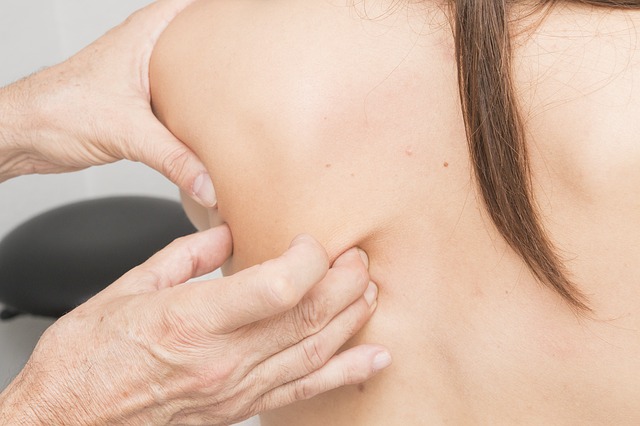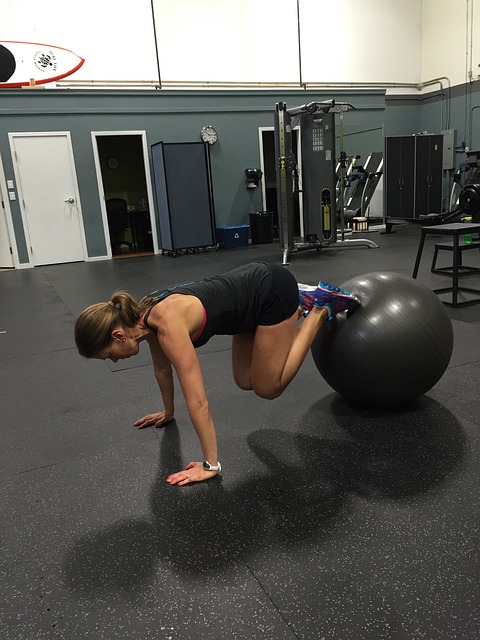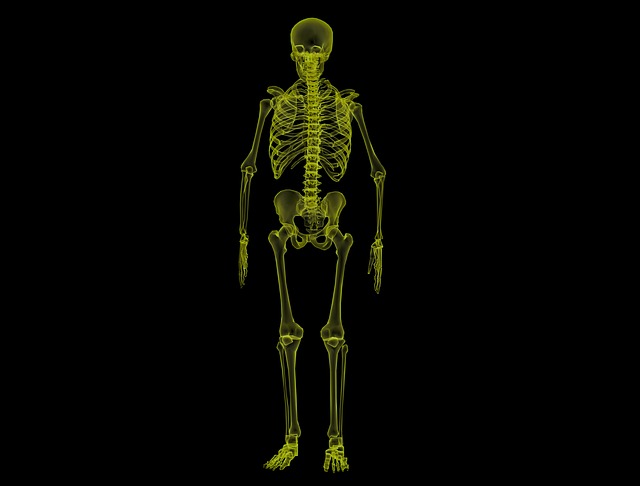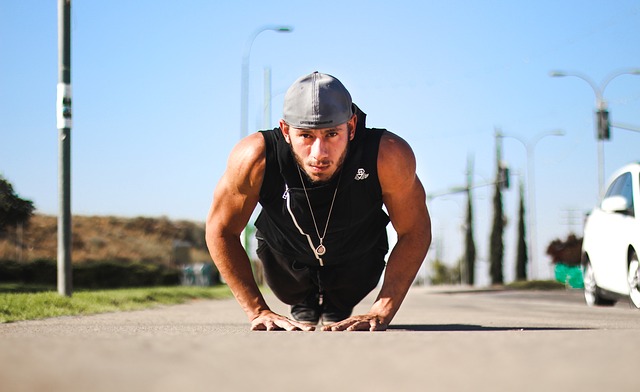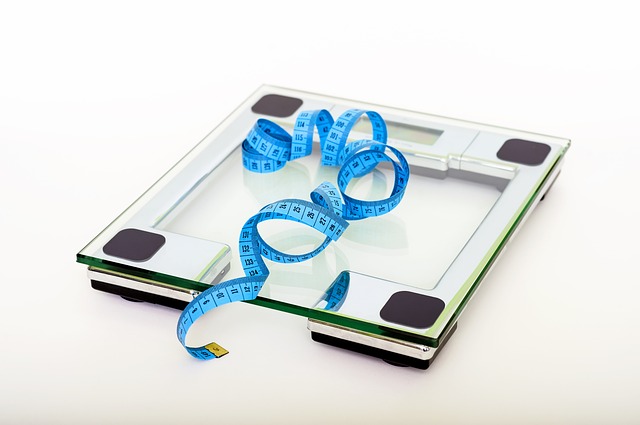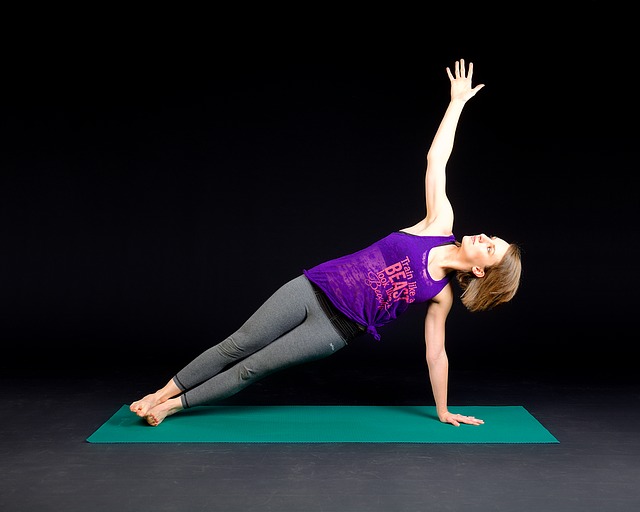Health and Wellness Blog
Gentle Chiropractic: Why Mobilization Improves Spinal Health
Mobilization is the act of of making something movable or capable of movement
Joint stiffness hurts- whether it is caused by acute injury, chronic inflammation or anything in between, a stiff joint anywhere in the body is going to affect your life in a negative manner. When spinal joints are stiff, the ripple effect is even greater; because your spine is the center of movement for your whole body, every single motion is likely to affect the spinal joints. Stiff spinal joints, therefore, have a way of limiting our movement far beyond the site of the initial stiffness.
Postural Strength Prevents Back Pain
“Back pain is youth leaving the body”
But there’s no time to be wistful about the loss of youth! Being proactive about this back pain means figuring out where it is coming from and doing something about it. For most people, the epicenter of back pain is the core, which involves numerous sets of muscles that contribute to your postural strength. Most types of non-descript back pain will stem from dysfunction in the postural muscles. Here’s how it works:
- Postural muscles refer to the deep-lying sets of muscles between the pelvis, abdomen and upper back. These are the muscles, including the ones that attach to your spine, which are responsible for keeping you upright. They are always working, even when you are sitting still, which means that they often become tight from over-use. This tightness leads to pain.
- Phasic muscles refer to the muscles which strengthen your body and provide for movement. Muscles such as the abdominals and glutes contribute to core stability by lending reinforcement, but they often become weak from lack of use. This weakness contributes to misalignment of the spine, and increases your likelihood for injury.
Ligaments and Tendons: What Gives when They Give
Ligaments and tendons are your movement assistants
Ligaments connect bone to bone. Ligaments add a layer of support and stability to the structures of your body, including joints and spinal motion segments. An injury sustained by a ligament is called a sprain.
Tendons connect muscle to bone. Tendons serve to conduct forces across the body and add a further layer of stabilization to the structures of your body. An injury sustained by a tendon is called a strain.
Both are made of dense layers of connective tissue, known as collagen, and they have an incredibly high tensile strength that makes them resilient against able the pressure of all our essential movements. Together, they allow us to move without incurring injury; as a result, they are incredibly important role in our musculoskeletal biomechanics.
Decoding Degenerative Disc Disease
Degenerative disc disease is a variable condition
In fact, degenerative disc disease is a misnomer: it is a term coined to describe the progression of changes that a spinal disc undergoes overtime. It is a natural process that comes along with aging. Intervertebral discs are made of densely packed layers of collagen fibers and, over time, compressive forces and traumatic injury take their toll on these structures. Degenerative disc disease refers to any pain or associated dysfunction that stems from a degenerated disc.
Correcting Subluxation for Better Body Function
Misaligned vertebrae limit range of motion and cause pain
This is the basis for our practice at Hayes Family Chiropractic- the idea that due to the constant accumulation of spinal compression, abrasive movements, poor posture and other more intangible factors, the spinal column is constantly being moved out of alignment. The effect of this misalignment has a ripple effect on health that begins by limiting motion and causing pain and, if left alone for long enough, can compound to cause more serious musculoskeletal conditions. The problem we face as chiropractors is that far too many people wait far too long to address their mechanical back pain issues.
Lumbar Pressure and Subluxation
Your spine is constantly under pressure
Unless you can live in a zero-gravity bubble, move to outer space or become fully aquatic (all of which come with their own sets of problems), there is zero likelihood of escaping the compressive force that gravity exerts on our spines. Lumbar disc pressure in a healthy spine is measured as such:
- Lying supine: 25kg of pressure
- Standing upright: 100kg of pressure
- Sitting upright: 125kg of pressure
Now consider that sitting with poor posture, lifting and bearing weight, or walking with your head forward or down, magnify this already considerable pressure. For example, forward head posture magnifies the weight of the head to the spine by up to 10X per inch held forward. So how do we start to fight back against all this pressure accumulation? Awareness.
An Ergonomic Injury Fact Sheet
Define: ergonomic injury
The word ergonomics has a generally positive connotation that invokes a person sitting in a perfectly balanced position with a perfectly adjusted chair and desk to support them as they work away. But this romantic image is an example of good ergonomics, the kind that puts minimal pressure on the spine in the workplace. For most of us, whether due to our inherent human laziness, lack of supportive furniture, or other risk factors, our ergonomics are less than perfect. And that’s OK! But it’s time to make ourselves aware of how poor ergonomics can contribute to poor health.
A Core Concept: Strength in The Transversus Abdominis
The transversus abdominis is one of the most important muscles in your body
But do you know where it is? Our blog post here tells you how to find it, but this one will explain what it does and why it is so important. The transversus abdominus is the deepest of the four abdominal muscles. It can be thought of as a girdle that wraps from front to back on each side of the body; furthermore, the two sides are connected by a sheet of fascia which connects to the outer lumbar spine. It is literally a girdle of support for your spine.
Losing Weight the Smart Way
Losing weight is not always a healthy process
When it comes to losing weight, there is an overwhelming amount of diets, plans, regimes, schemes, pills, and tips to choose from. The proliferation of social media has allowed anyone with the slightest idea of nutrition science, diet or healthcare to broadcast their opinions on weight loss to millions of people and sell books while they are at it. The sad thing about this murky swamp of weight loss ideas is that it is taking advantage of people who face a serious health problem: obesity will soon overtake smoking as the number one cause of preventable death in the United States. At Hayes Family Chiropractic, we want to take it back to basics, beginning with the reasons why you want to lose the weight, and following up with a plan grounded in science that will help you lose weight in a healthy manner.
Engage Your Core: What Does it Mean?
Core mechanics are integral to spinal health
What does your core mean to you? To many people, the core is just a shapeless mass of muscle in the middle of their body. When you tell someone to engage their core, the most common reaction is to flex the muscles of the stomach. But this sells your core short! It is a complex system of muscle groups and learning how to use them properly, and in tandem, is an important insight into how you can use your own body to prevent or manage pain. The core consists of:
- Transversus abdominis
- Multifidus
- Diaphragm
- Pelvic Floor Muscles
Your core corresponds to the lumbar region in your back, which is the spinal segment that takes the most burden, both from body weight and compressive forces. Any reinforcement you can offer it through your core stabilizing muscles is a much needed boon for spinal health!
